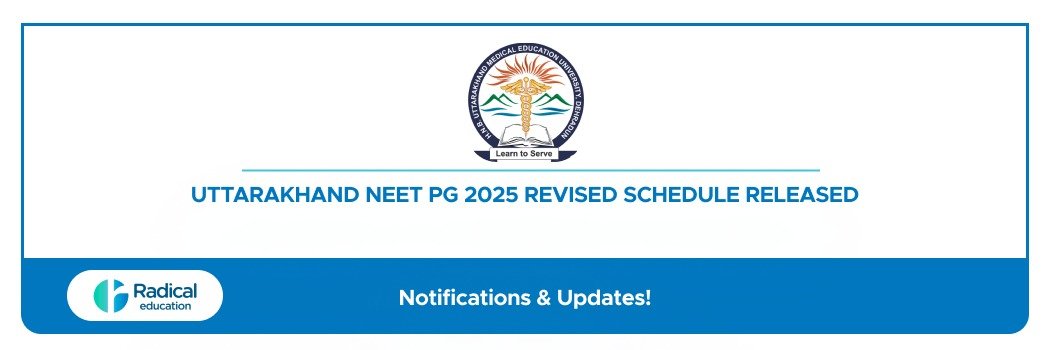

Decoding NEET PG Seat Matrix
The NEET PG seat matrix is perhaps the most vital, outcome-determining component for medical graduates preparing to pursue postgraduate education in India. It’s the official record of all the seats available for the NEET PG exam. With lakhs of MBBS graduates competing for the limited number of MD, MS, and PG Diploma seats, a little understanding of how these seats are distributed goes a long way in enhancing one’s counseling strategy and increasing the chances of securing a preferred specialty. It essentially breaks down the available seats amongst medical colleges, types of institutions, categories, and states, and is, therefore, an indispensable resource for informed decision-making.
The NEET PG seat matrix compartmentalizes all available seats into two main counseling bodies: All India Quota (AIQ) and State Quota. Under the AIQ, 50% of all the seats in government medical colleges are regulated by the Medical Counselling Committee. This facilitates the opportunity for competing outside the home state for seats to the candidates. 100% of the seats in deemed universities, central universities, AIIMS, JIPMER, and AFMS institutions also fall under national-level counseling.

50% of the seats in government colleges and 100% in private medical colleges that remain are managed by state counselling. Each state holds its independent counselling based on domicile rules, reservation policies, and institutional guidelines. This bifurcation allows an opportunity for both domicile candidates and all-India aspirants.
Another critical determining factor that comes into play for seats is the reservation structure.
The seats are divided into categories like UR, OBC, SC, ST, EWS, and PwD depending on the quotas prescribed by government policies. It also plays an essential part in determining cut-offs in a country as vibrant as India, hence deciding the competition level and availability of seats.
Specialty-wise distribution, which is considered a deciding factor for aspirants, can also be gauged from the seat matrix. In general, highly sought-after branches have fewer seats compared to other specialties, resulting in higher cutoffs. Conversely, some non-clinical branches usually maintain more seats with relatively lower demand.
The study of the seat matrix has many advantages, such as the fact that it gives insight into trends from previous years, which helps a candidate predict any alteration in competition. For example, growth in Family Medicine or Emergency Medicine seats expands options for candidates who do not obtain their first-choice specialty. Likewise, understanding which states or institutions are gaining more numbers in specific branches can help aspirants strategically plan their preferences.
The vacant seat matrix, especially after Round 1 and Round 2, is progressively updated with the number of vacancies, seat conversions, or withdrawals. Ultimately, all the labour put into getting a seat of your choice depends on the competition for the existing seats; hence, it makes knowing the seat matrix along with relevant reservation information very crucial.

FAQs about NEET PG Seat Matrix
Will the revised dates affect counselling rounds?
Yes, all rounds follow the updated timeline.
Do I need to register again?
Only if MCC announces fresh registration.
Should I keep documents ready?
Yes, to avoid last-minute issues





